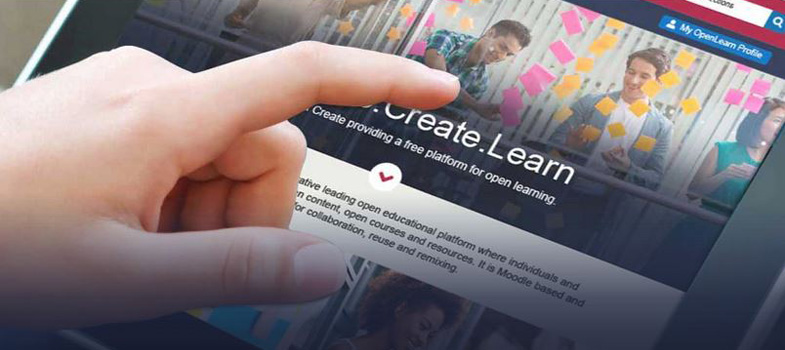Quick-start guide
This quick-start guide takes you through the simplest route to build a course on OpenLearn Create and features a series of checklists of what you need to include. There are also links to the platform's more complex features.
2. Planning your course
What is it that you want your course to teach? What will your learners be able to do at the end of it that they couldn't do before?
Before you write your course it'll helpful to first consider a couple of things:
- A short course title (we recommend 50 characters or fewer) that describes what the course is about.
- A course summary that describes in one sentence what you want the course to be about.
- What do you want to teach your learners? You'll need to create some learning outcomes: a sentence that starts 'By the end of this course you should be able to ...', and then a list of bullet points. Generally, three to five bullet points is a good guide to follow.
- If you have fewer than three, is your list too broad and general? Is there still enough learning to turn it into a course?
- If you have more than five, are some of the learning outcomes closely related, and could they be grouped together? Or perhaps you've got enough material for more than one course?
Once you've thought about these and made some notes, keep them close by – you'll need them when you set up your course.
Think of a course as a story with a beginning, middle and end, where everything ties together neatly.
- Is there anything that your learners need to know before they start your course?
- Look again at the list of learning outcomes you made. Could they be put into a logical order? Once you have a coherent list of four learning outcomes, for example, you could turn those into four sections of your course. (Here, we'll call them sections – but you could think of them as weeks, or topics, or something else. However you prefer to refer to them, make sure that you refer to them the same way throughout your course.)
- What do your learners need to know in order to meet each one of those learning outcomes? Each section should be of roughly equal length both in terms of course content and how long it takes the learner to get through it.
- Will you be referring to other people's ideas? If so, you'll need to keep a note of these the sources you are using in the text for your list of references.
- Will you be referring to figures or videos that someone else created? If so, you'll need to keep a note of these for your list of acknowledgements.
- Your course needs to be accessible so that all learners are able to use it.
- In this quick-start guide we'll be building a course where the learners need to get a certain grade in a quiz to pass. At the start of your course you need to tell your learners what tasks they need to do in order to pass your course.
- At the end of the course it's a good idea to give your learners the chance to demonstrate what they've learnt and earn recognition for it. The quiz we set up in this quick-start guide will have five multiple choice questions. What questions should you ask? Or to put it another way (and to tie it back neatly to the start of the course): what questions would your learners need to answer correctly to meet the course's learning outcomes?
Before you move on
- Check the order of your learning outcomes. What do you need to teach your learners first? What could you then teach them once they know that? You might need to edit your learning outcomes to put them into a logical order.
- If one of your sections is vastly longer than the others, have you gone into too much detail on a subject?
